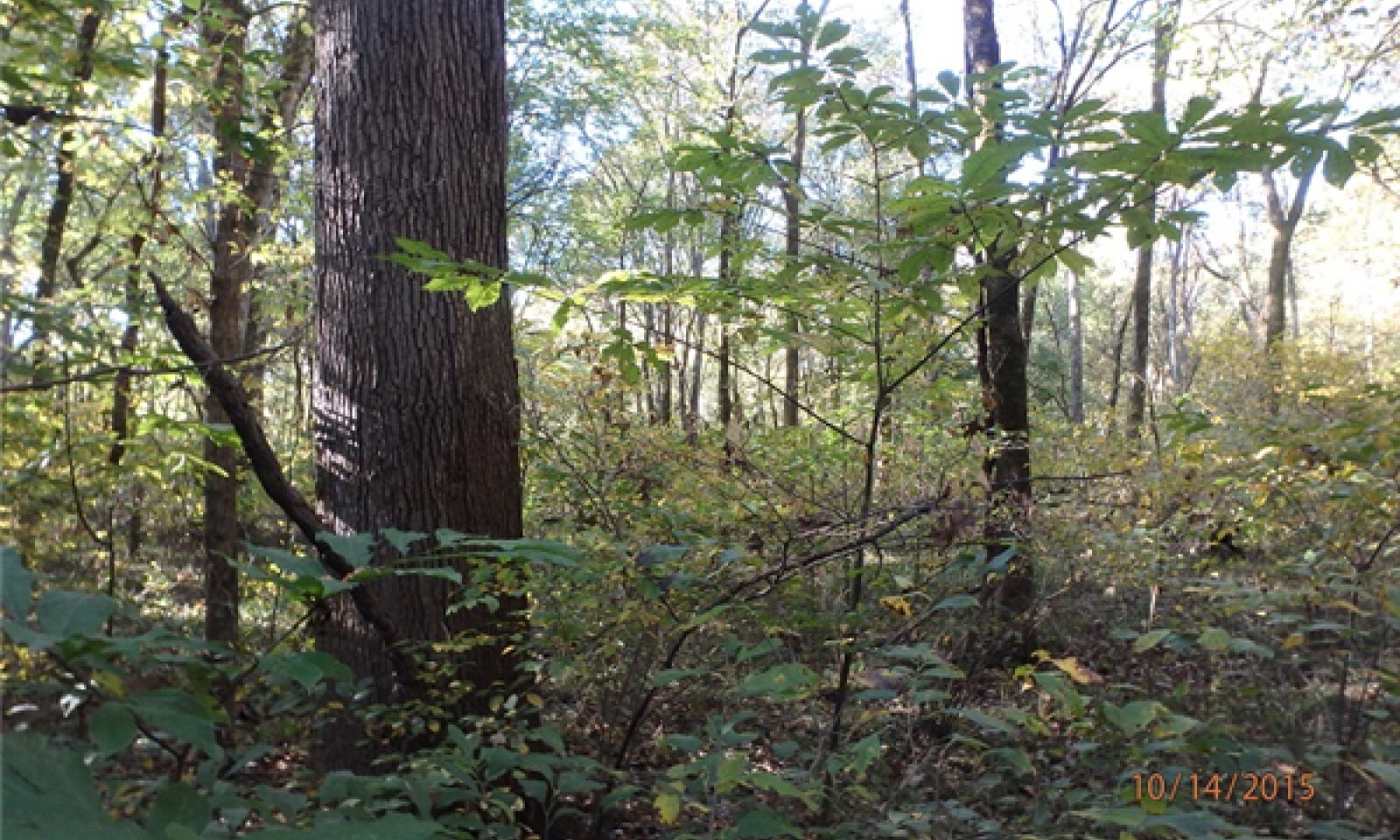
Loamy Floodplain Forest
Scenario model
Current ecosystem state
Select a state
Management practices/drivers
Select a transition or restoration pathway
- Transition T1A More details
- Transition T1B More details
- Transition T1C More details
- Restoration pathway R2A More details
- Transition T3A More details
- Transition T3B More details
- Transition T4C More details
- Transition T4A More details
- Transition T4B More details
- Transition T5B More details
- Transition T5A More details
-
No transition or restoration pathway between the selected states has been described
Target ecosystem state
Select a state
Description
The historical reference state for this ecological site was old growth bottomland forest. Natural flooding cycles were the primary processes affecting this ecologic site. The understory was complex, with multiple layers of shade-tolerant species. A highly diverse ground flora was also present. Vines were common and went well into the canopy. Scattered open areas were common. A change to more frequent, higher-intensity floods on the modern landscape creates more frequent canopy gaps, and introduces or helps to maintain more flood-tolerant species such as sycamore, eastern cottonwood, green ash or hackberry.
Over the long term, these floodplains may become more elevated and/or isolated and accumulate more fine sediments, becoming more stable and enduring. Oak, shellbark hickory and black walnut begin to accumulate in these later stages of succession. Catastrophic floods will often partially or completely knock down the early species and regenerate this site creating a mosaic of early to late successional floodplain forests.
Submodel
Description
Where this state exists, it has often been subjected to very selective timber harvests. While these forested areas may resemble the reference state, the diversity of tree species has been selectively (removal of oak and black walnut) altered. Reducing harvests and extending rotations will cause a transition to community phase 2.2. Eliminating harvests, implementing selective thinning, and allowing long tern succession may allow a return to the reference state where hydrologic regimes are least altered.
Submodel
Description
Many acres of this ecological site have been converted to non-native grasslands of tall fescue and red clover. If the site experiences poor grassland management a shift to community phase 3.2 will occur. This phase has diminished ground cover, reduction in productivity, and an increase in oak sprouting and non-native species invasion. This state frequently transitions to a cropland state especially when commodity prices are high. A return to a near-reference state from this state is not recommended. Transitioning to a Managed Forest state is possible through long-term commitments of time and money.
Submodel
Description
This state is subjected to uncontrolled grazing and high-graded timber harvests. The grazing will open up the understory and remove much of the diverse ground flora. This can lead to erosion of the topsoil during floods. Grazed units also often undergo timber harvest removing a wide variety of outstanding hardwood trees, further diminishing the structural and compositional diversity. A return to the near-reference state will require a long-term commitment including the elimination of grazing, planting of trees and perhaps shrub and herbaceous species, and very limited targeted timber harvests and thinning.
Submodel
Description
Some areas of this ecological site have been converted to row crop agriculture. They often transition to a grassland state. A return to the near-reference state is not practical from this state. Transitioning to a Managed Forest state may be possible through long-term commitments of time and money.
Submodel
Mechanism
Uneven-age timber management and selective harvesting will result in a transition to community phase 2.1.
Mechanism
Clearing, pasture planting and prescribed grazing will result in a transition to community phase 3.1.
Mechanism
Poorly planned harvests (high-grading) and uncontrolled grazing will result in a transition to community phase 4.1.
Mechanism
This state can be restored to a reference state by modifying or eliminating timber harvests, extending rotations, incorporating selective thinning and allowing long-term succession to occur.
Mechanism
Tree planting, long-term succession (30 to 50 years), forest stand improvement and livestock access control will result in a transition to community phase 2.1.
Mechanism
Removing the grass sod, adding conservation tillage and conservation cropping system will result in a transition to community phase 5.1.
Mechanism
Forest stand improvement and livestock access control will result in a transition to community phase 2.1.
Mechanism
Clearing the timber, adding pasture planting and prescribed grazing will result in a transition to community phase 3.1.
Mechanism
Clearing timber, adding tillage and conservation cropping system will result in a transition to community phase 5.1.
Mechanism
Tree planting, long-term succession (30 to 50 years), forest stand improvement, and livestock access control will result in a transition to community phase 2.1.
Model keys
Briefcase
Add ecological sites and Major Land Resource Areas to your briefcase by clicking on the briefcase (![]() ) icon wherever it occurs. Drag and drop items to reorder. Cookies are used to store briefcase items between browsing sessions. Because of this, the number of items that can be added to your briefcase is limited, and briefcase items added on one device and browser cannot be accessed from another device or browser. Users who do not wish to place cookies on their devices should not use the briefcase tool. Briefcase cookies serve no other purpose than described here and are deleted whenever browsing history is cleared.
) icon wherever it occurs. Drag and drop items to reorder. Cookies are used to store briefcase items between browsing sessions. Because of this, the number of items that can be added to your briefcase is limited, and briefcase items added on one device and browser cannot be accessed from another device or browser. Users who do not wish to place cookies on their devices should not use the briefcase tool. Briefcase cookies serve no other purpose than described here and are deleted whenever browsing history is cleared.
Ecological sites
Major Land Resource Areas
The Ecosystem Dynamics Interpretive Tool is an information system framework developed by the USDA-ARS Jornada Experimental Range, USDA Natural Resources Conservation Service, and New Mexico State University.
